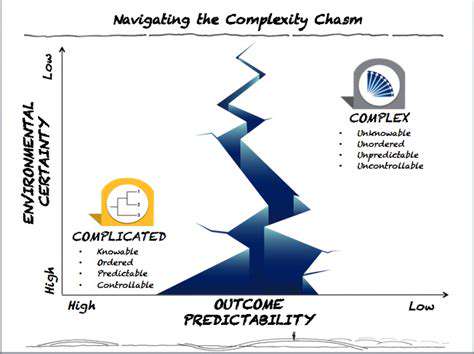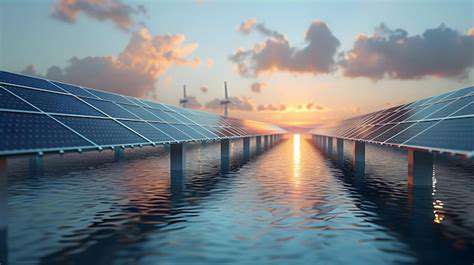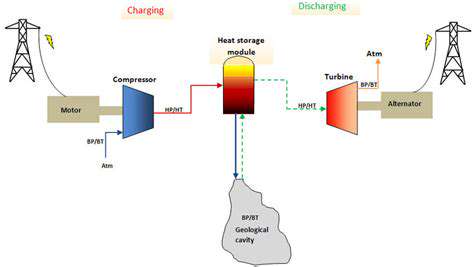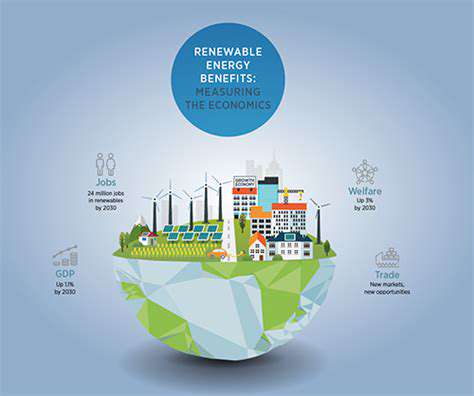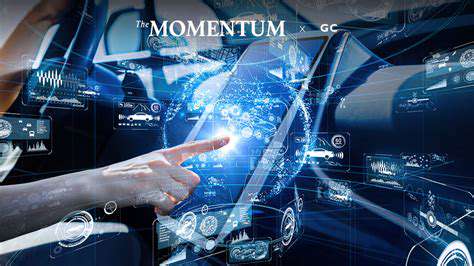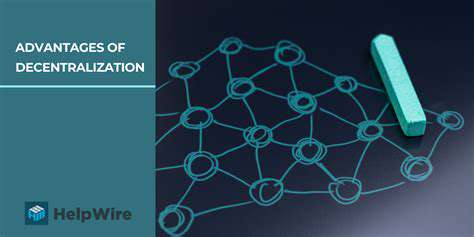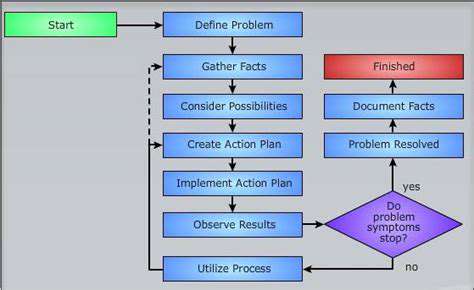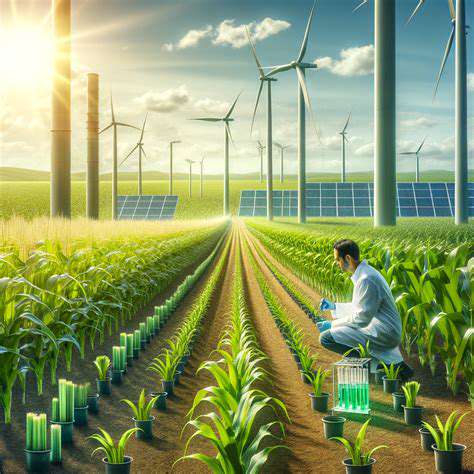Long Duration Energy Storage: The Holy Grail of Renewables
Conventional power infrastructure, originally designed for steady fossil fuel output, stumbles when attempting to accommodate renewable energy's inherent variability. This fundamental mismatch underscores the critical importance of developing sophisticated energy storage solutions capable of smoothing these fluctuations and preserving grid integrity.
Technological Advancements in Energy Storage
The energy storage landscape has witnessed remarkable innovation, with each technology offering distinct advantages and limitations. Lithium-ion batteries dominate current applications due to their impressive energy density and rapid charge-discharge capabilities, making them ideal for everything from electric vehicles to home energy systems. However, concerns linger regarding their environmental footprint and production costs that could hinder widespread adoption.
Alternative approaches like pumped hydro storage - which harnesses gravitational potential energy by moving water between reservoirs - and compressed air systems demonstrate promise for large-scale implementation. While these methods offer substantial capacity, their practical application faces geographical limitations and significant upfront investment requirements that complicate deployment.
Overcoming the Challenges of Long-Duration Storage
While short-term storage solutions have achieved commercial viability, the holy grail of energy storage lies in developing cost-effective, scalable long-duration technologies. Current systems grapple with economic constraints, limited lifespans, and environmental concerns - particularly those relying on rare earth elements. The path forward demands groundbreaking innovations in materials science and energy storage mechanisms to overcome these persistent barriers.
Addressing these challenges will require substantial research investment and collaborative efforts across scientific disciplines. Only through such dedicated pursuit can we unlock the full potential of storage technologies capable of supporting a truly sustainable energy ecosystem.
The Economic and Societal Benefits of Energy Storage
Strategic investment in advanced energy storage promises transformative economic and social dividends. A reliable power infrastructure serves as the backbone for industrial productivity and commercial activity, while simultaneously enabling deeper integration of clean energy sources. The ripple effects extend to public health through reduced emissions and enhanced energy security, creating a virtuous cycle of environmental and economic benefits.
By surmounting the technical hurdles of long-duration storage, we lay the foundation for a resilient energy future that addresses climate concerns while meeting growing global demand. This transition represents not just an environmental imperative, but an unprecedented opportunity to redefine our relationship with energy consumption.
Beyond Batteries: Exploring Diverse LDES Technologies
Beyond Traditional Lithium-ion: Solid-State Batteries
Solid-state battery technology represents a quantum leap forward from conventional lithium-ion designs, replacing liquid electrolytes with solid alternatives. This fundamental shift promises enhanced safety profiles, greater energy density potential, and superior thermal performance - characteristics that could revolutionize applications from electric transportation to utility-scale storage. The race to develop commercially viable solid electrolytes remains fiercely competitive, with researchers exploring ceramic, polymer, and composite solutions to overcome current limitations.
The most formidable technical challenge lies in engineering electrolyte materials that simultaneously achieve high ionic conductivity and robust mechanical stability. Breakthroughs in this domain could unlock unprecedented energy storage capabilities while dramatically improving operational safety across multiple sectors.
Flow Batteries: A Versatile Approach to Large-Scale Storage
Flow batteries distinguish themselves through their unique architecture, storing energy in liquid electrolytes contained in separate tanks. This modular design offers exceptional scalability, making them particularly well-suited for grid stabilization and industrial energy management applications. The technology's inherent flexibility allows for customized electrolyte formulations tailored to specific performance requirements and operating conditions.
Compressed Air Energy Storage (CAES): Harnessing the Power of Compression
CAES technology capitalizes on basic thermodynamic principles, storing energy through air compression during periods of low demand. The compressed air can later be released to generate electricity when needed, offering substantial capacity potential especially when utilizing underground geological formations. While promising, current implementations face efficiency challenges related to compression energy requirements and potential leakage issues that demand ongoing refinement.
Recent advancements in compressor technology and site selection methodologies continue improving CAES viability. When thoughtfully implemented with appropriate environmental safeguards, this approach could provide a crucial component in the long-duration storage portfolio with relatively low environmental impact.
Overcoming Challenges and Fostering Innovation
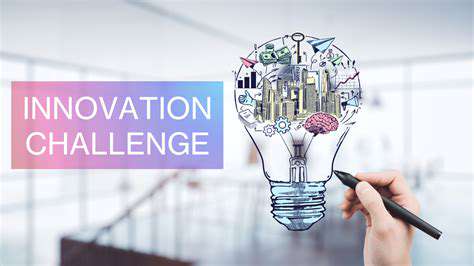
Overcoming Obstacles in Project Management
Navigating complex projects requires anticipating and addressing challenges ranging from resource limitations to evolving requirements. Proactive risk assessment forms the cornerstone of successful project execution, enabling teams to identify potential pitfalls before they escalate into major disruptions. This forward-looking approach maintains project momentum while preserving stakeholder confidence.
Building a Collaborative Team Environment
High-performing teams cultivate environments where members freely exchange ideas and constructive feedback. Establishing psychological safety and mutual respect encourages innovative problem-solving while ensuring all contributors feel valued in pursuing shared objectives.
Adapting to Shifting Priorities and Requirements
Project landscapes inevitably evolve, demanding flexibility from leadership and team members alike. Effective change management processes and open stakeholder communication channels prove indispensable for maintaining alignment amidst shifting expectations and requirements.
Prioritizing Time Management and Resource Allocation
Strategic resource planning ensures optimal deployment of personnel, finances, and technology throughout project lifecycles. Thoughtful prioritization of tasks based on impact and urgency prevents bottlenecks while maximizing productivity.
Maintaining Effective Communication and Stakeholder Engagement
Transparent, consistent communication builds trust among team members and stakeholders alike. Regular engagement with key stakeholders cultivates shared understanding while surfacing concerns before they escalate into significant issues.
The Path Forward: A Sustainable Energy Future
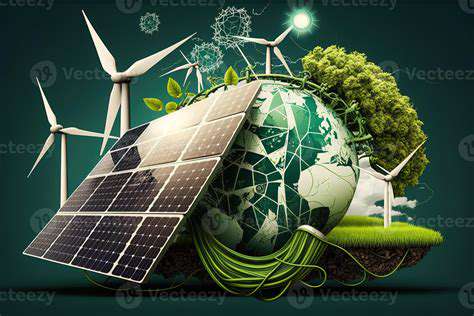
Navigating the Complexities of Sustainability
Transitioning to sustainable systems requires holistic strategies addressing environmental, economic, and social dimensions simultaneously. This multidimensional challenge demands concrete actions rather than symbolic gestures, with circular economy principles forming a foundation for meaningful progress.
Technological Advancements in Sustainable Solutions
Innovation continues driving sustainability progress across energy generation, storage, and efficiency domains. Emerging technologies not only reduce environmental impact but also create economic opportunities in green sectors, demonstrating that ecological and economic objectives need not conflict.
Economic Incentives for Sustainable Practices
Policy mechanisms like carbon pricing and renewable energy subsidies accelerate market adoption of sustainable alternatives. Well-designed economic instruments can align financial incentives with environmental priorities, catalyzing systemic change across industries.
Social Responsibility and Community Engagement
Authentic sustainability initiatives recognize the interdependence between environmental health and social equity. Empowering local communities through education and participatory decision-making strengthens both implementation and long-term success of sustainability programs.
Environmental Impact Assessments and Monitoring
Rigorous evaluation processes ensure development projects consider long-term ecological consequences. Continuous monitoring provides critical feedback for refining approaches and adapting to emerging environmental challenges.
Collaboration and Global Partnerships
Addressing planetary-scale sustainability challenges requires unprecedented international cooperation. Cross-border knowledge sharing and coordinated action multiply the impact of individual sustainability efforts.
Education and Awareness Campaigns
Cultivating environmental literacy transforms public attitudes and consumption patterns. Effective communication strategies can bridge the gap between scientific understanding and everyday decision-making, creating a cultural shift toward sustainability.
